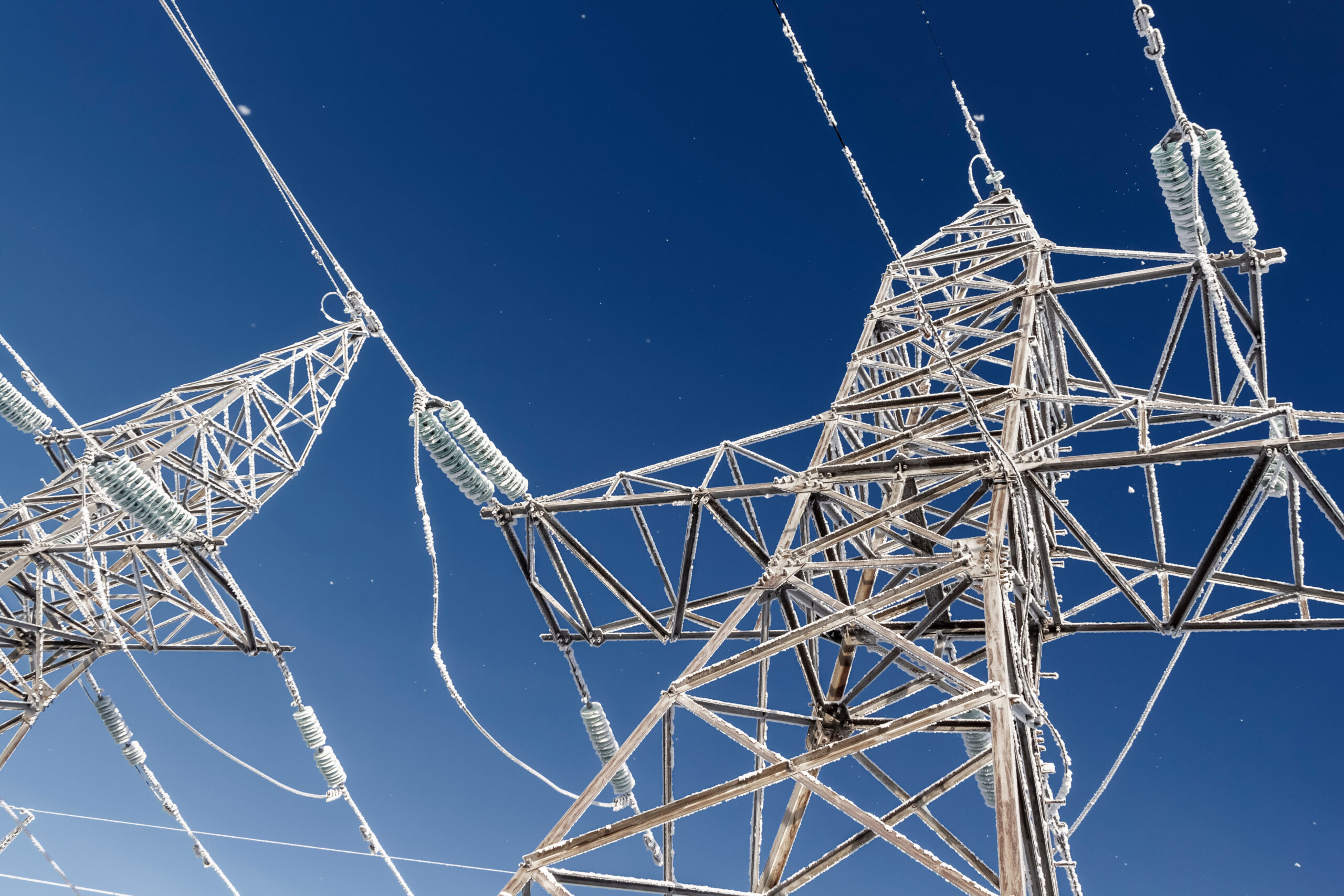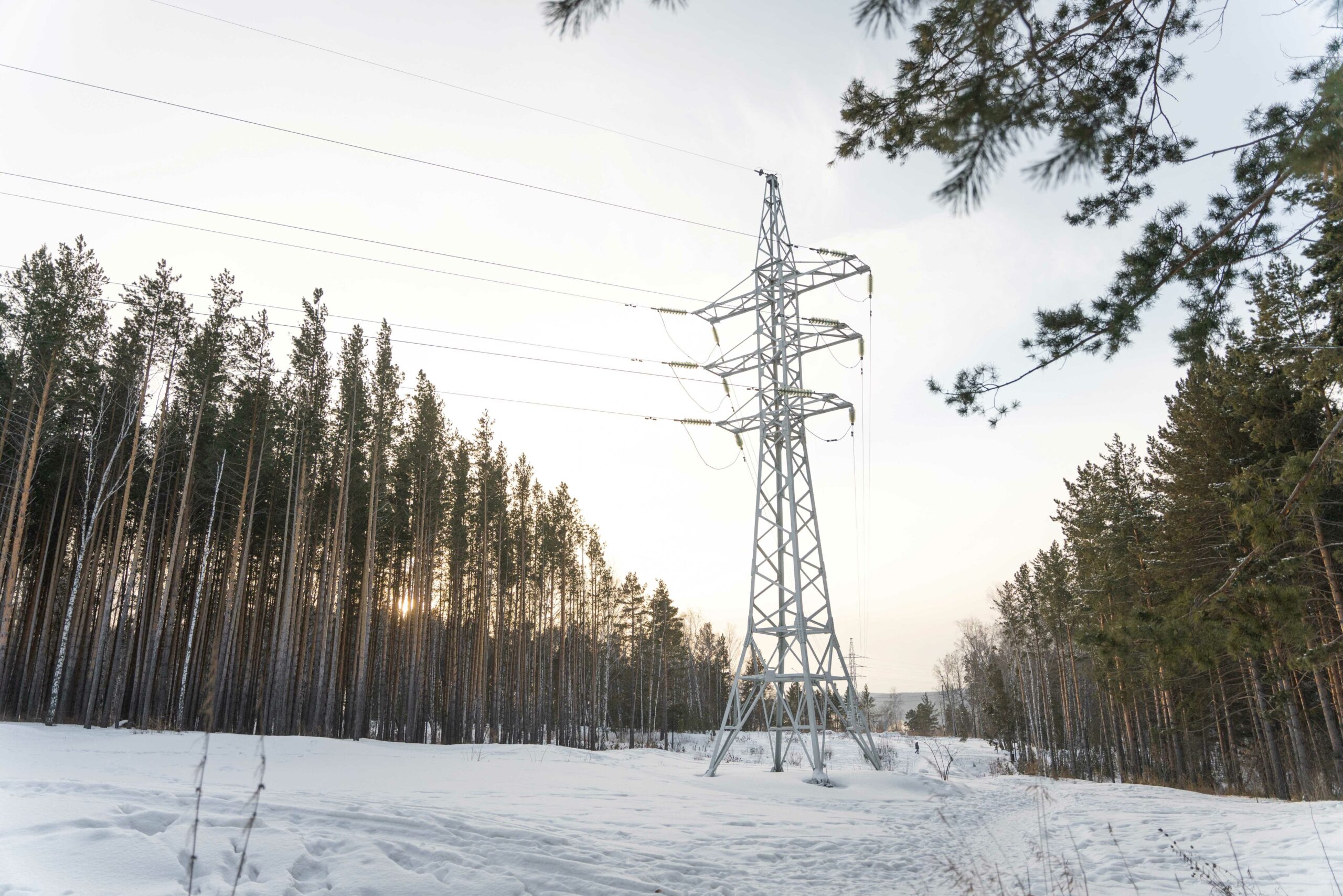“Greater interconnector capacity erodes intrinsic value”
Interconnectors play a key role in flowing power across Europe’s complex network of integrated power markets. As renewable penetration increases, the ability to balance output swings via cross border flows is an important component of system security of supply.
Policy makers across Europe recognise the importance of interconnectors and have implemented a range of investment support schemes. However, the build out of more interconnectors over time tends to erode the structural cross border price differentials that drive intrinsic value of interconnector capacity. To put it simply, new interconnectors cannibalise the returns of existing ones.
Interconnector value is increasingly being driven by shorter term fluctuations in renewable output and price levels (i.e. extrinsic value). Many interconnectors are experiencing increasing swings in price spreads reflecting more dynamic supply & demand balance conditions between neighbouring markets.
In today’s article we show an analysis of day-ahead price spread value across a set of key existing cross-border interconnection points across the 2022-23 period. This provides some useful insights into interconnector value dynamics through a year of energy crisis (2022) and a year of less stressed market conditions (2023).
Value capture in a year of crisis
Chart 1 shows ranked day-ahead price spread capture across the ‘top 20’ cross-border interconnection points in 2022, the year of Europe’s historic energy crisis.
The values shown in the chart are calculated as the average hourly day-ahead price spreads (in €/MWh) across the two bidding zones at each border. ‘Direct flow’ in the chart means average price spread from first zone to second zone (i.e. for export from Zone 1 to Zone 2). ‘Inverse flow’ refers to average price spread in the opposite direction (i.e. from import from Zone 1 to Zone 2).
Some takeaways from the analysis in the chart:
- Intrinsic value: tight markets tend to magnify intrinsic value of interconnectors as market stress causes an increase in structural price spreads across markets
- Crisis imports: markets facing acute energy shortages post Russian supply cuts (e.g. Germany, GB, France) saw large price spread increases vs markets less impacted (e.g. Nordics, Spain, Poland)
- Extrinsic value: Conditions of extreme volatility in a tight market also drive substantial extrinsic value & price spread volatility as prices flip across borders; this is most acutely illustrated by GB – Belgium interconnection where both markets were very tight and volatility drove strong bi-directional value
- Policy impact: policy differences across borders can have an important impact on price signals e.g. strong flows from Spain to France were driven mainly by the Mecanismo Iberico, which capped the impact of gas plant costs on power prices relative to France
- Nordic flows: value capture from Swedish & Norwegian exports in times of crisis is emphasised, given very high levels of hydro reservoir storage that help to dampen moves in Nordic power prices.
Let’s now take a look at 2023, when the crisis conditions from 2022 eased substantially.
Value capture post crisis
Chart 2 shows ranked day-ahead price spreads across the ‘top 20’ cross-border interconnection points in 2023. Because we have only shown the top 20 in terms of value capture, there is a slightly different set of interconnection points versus Chart 1.
- Value decline: value capture across most interconnection points is less than half that of 2022, reflecting declines in both (i) structural cross border price divergences & (ii) price volatility
- Bi-directional value: the portion of bi-directional value contribution fell on most border points as the crisis eased (consistent with reduced market stress & volatility)
- Value erosion: construction of new interconnectors has contributed to value erosion from cannibalisation at some border points across the last 2 or 3 years e.g. GB-Denmark with Viking Link coming online
- Capacity volume impact: Many European interconnection points do not appear in the ‘top 20’ in the charts because of the high cross border capacity available limiting value capture (e.g. across Germany, Netherlands, Belgium, Austria, France and Czech Republic)
- Italy: All Italian interconnectors surged in import value capture in 2023 with the dramatic increase in the Italian wholesale price premium versus rest of Europe, which also supported an increase in Italian power imports to record levels (above 50 TWh on an annual basis)
- Policy impact: Divergence of UK ETS prices below EU ETS levels in 2023 acted to reduce prices in GB vs neighbouring markets, increasing export value. Allocation constraint on total bidding zones export/import also had an impact in driving price spreads between zones, acting as a constraint to the actual amount of revenues achievable by interconnectors (e.g. Poland, Northern Italy).
A number of the value drivers illustrated in these charts underpin the challenge facing investors in new interconnectors: building a viable investment case is dependent on understanding the impact of structural differences in capacity mixes and renewable output across neighbouring markets. It is these differences that are behind the increase in importance of extrinsic value to underpin project economics.
Timera is recruiting
Given strong demand for our services, we are actively looking to recruit:
See our Careers page for more information on available roles, life at Timera and how to apply.



